| |
|
|
Botanical Name |
: |
Cyperus rotundus L. |
English
Name |
: |
Purple Flat Sedge, Nut Grass, cocograss, nut grass, nut sedge, purple nutsedge, red nut sedge |
Synonym(s) |
: |
Pycreus rotundus ((L.)Hayek.), Cyperus hexastachyos |
Family |
: |
Cyperaceae |
| |
General Info
| Description |
 |
|
It is a pestiferous perennial weed with dark green glabrous culms, arising from a system of underground tubers.The leaves are dark green, grass-like, with a prominent vein on the underside.It has red-brown spikelets with up to 40 individual flowers. The plant has an elaborate underground system consisting of tubers, rhizomes and roots. The tubers are white and succulent when young, and hard and black when mature. |
| Herb Effects |
 |
|
Astringent, anthelmintic, diuretic, carminative, increases the secretion of gastric juices, stimulant and diaphoretic (tuber); antipyretic and antiinflammatory (rhizome oil)analgesic, antibacterial, antibiotic, antispasmodic, antitussive, aromatic, contraceptive, emmenagogue, lithontripic, sedative, antierysipelas, stomachic, tonic, vermifuge. |
Chemistry
| Active Ingredients |
 |
|
Oleanolic acid-3-O-neohesperidoside (tuber); aureusidin and beta-sitosterol (plant); mustakone, beta-rotunol, cugeonol, copaene, cyperol and other sesquiterpenoids (rhizome oil). |
| Chemistry
of Active Ingredients |
 |
|
|
 |
Name |
CAS# |
IUPAC Name |
Formula |
Structure |
 |
|
| Aureusidin |
38216-54-5 |
2-[(3,4-dihydroxyphe
nyl)methylidene]-4,6
-dihydroxy-benzofura
n-3-one |
C15H10O6 |
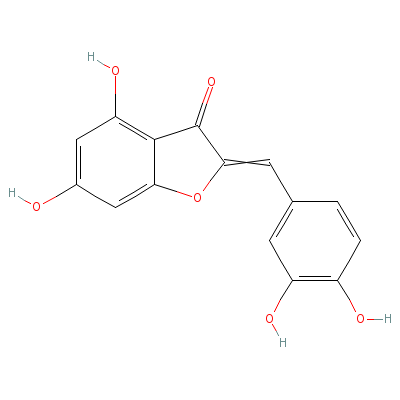
|
| Beta-Sitosterol |
5779-62-4 |
17-(5-ethyl-6-methyl
-heptan-2-yl)-10,13-
dimethyl-2,3,4,7,8,9
,11,12,14,
15,16,17
-dodecahydro-1H-cycl
openta[a]phenanthren
-3-ol |
C29H50O |
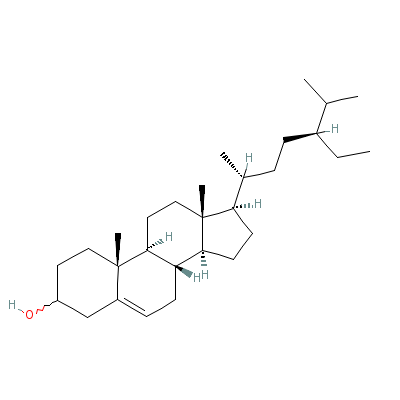
|
| Copaene |
3856-25-5 |
Not available |
C15H24 |
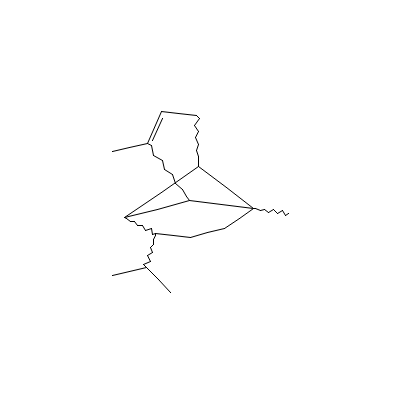
|
| beta-Rotunol |
Not Available |
(4aR,6R,8aS)-4a-hydr
oxy-4,8a-dimethyl-6-
prop-1-en-2-yl-5,6,7
,8-tetrahy
dro-1H-n
aphthalen-2-one |
C15H22O2 |
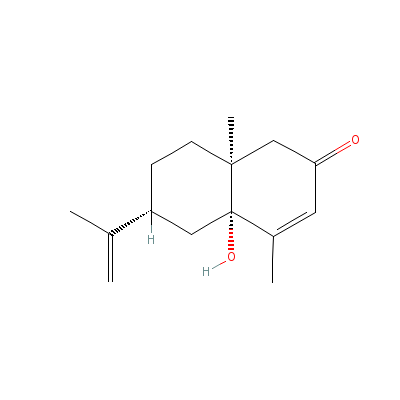
|
| Cyperol |
Not Available |
(4aS,7R)-1,4a-dimeth
yl-7-prop-1-en-2-yl-
3,4,5,6,7,8-hexahydr
o-2H-napht
halen-2-
ol |
C15H24O |
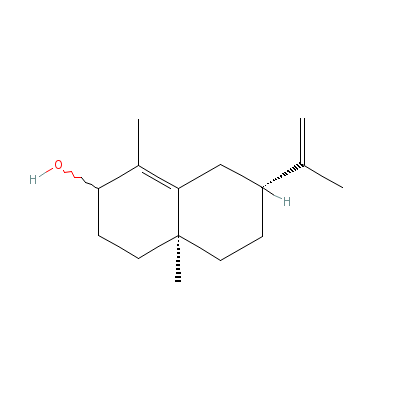
|
|
Pharmacology
| Medicinal Use |
 |
|
Snakebite, problems with the bowel and jaundice (root); as an emmenagogue (tuber); conjunctivitis (MeOH extract of root followed by an extract with water), powder and decoction to treat fever, diarrhoea, erysipelas, rheumatic ailments, alcoholism, loose teeth, cough, vomiting, thirst, epilepsy, wound due to accident and eye diseases. It strengthens the digestive system and hence is a good appetizer. |
| Contraindication |
 |
|
Prolonged use of this herb may cause constipation and excess flatulence or gas. Safety in young children, pregnant or nursing women, or those with severe liver or kidney disease is not known. |
| Reference |
 |
|
 Chandel et al., Biodiversity in Medicinal and Aromatic Plants in India. Chandel et al., Biodiversity in Medicinal and Aromatic Plants in India.
Sharma, Classical Uses of Medicinal Plants. |
Dealers
Products
|
|
|
|
|